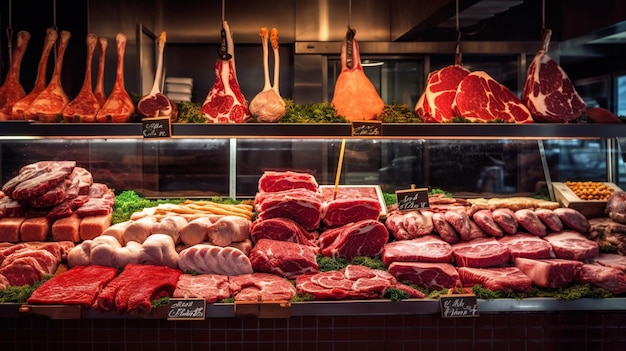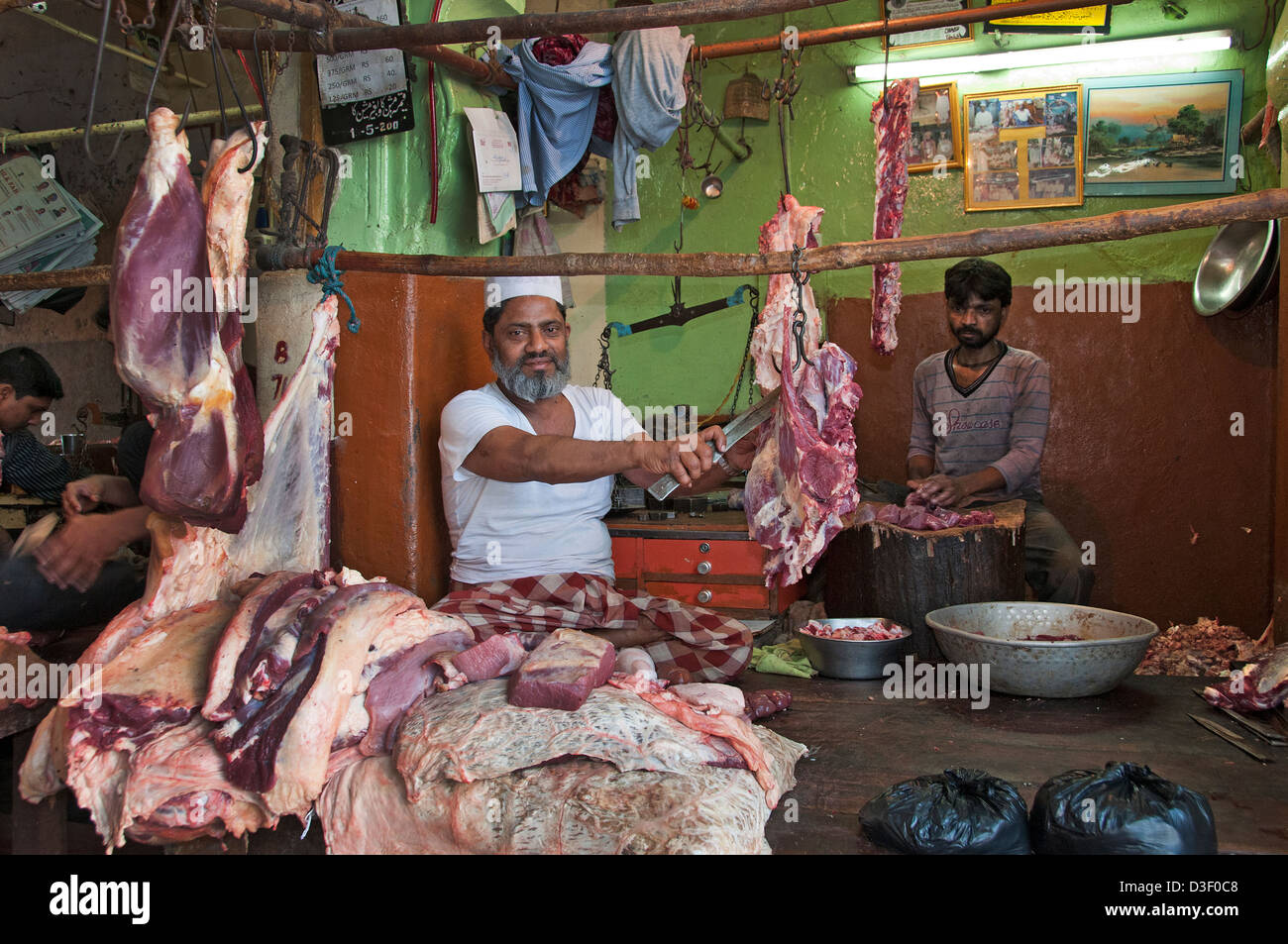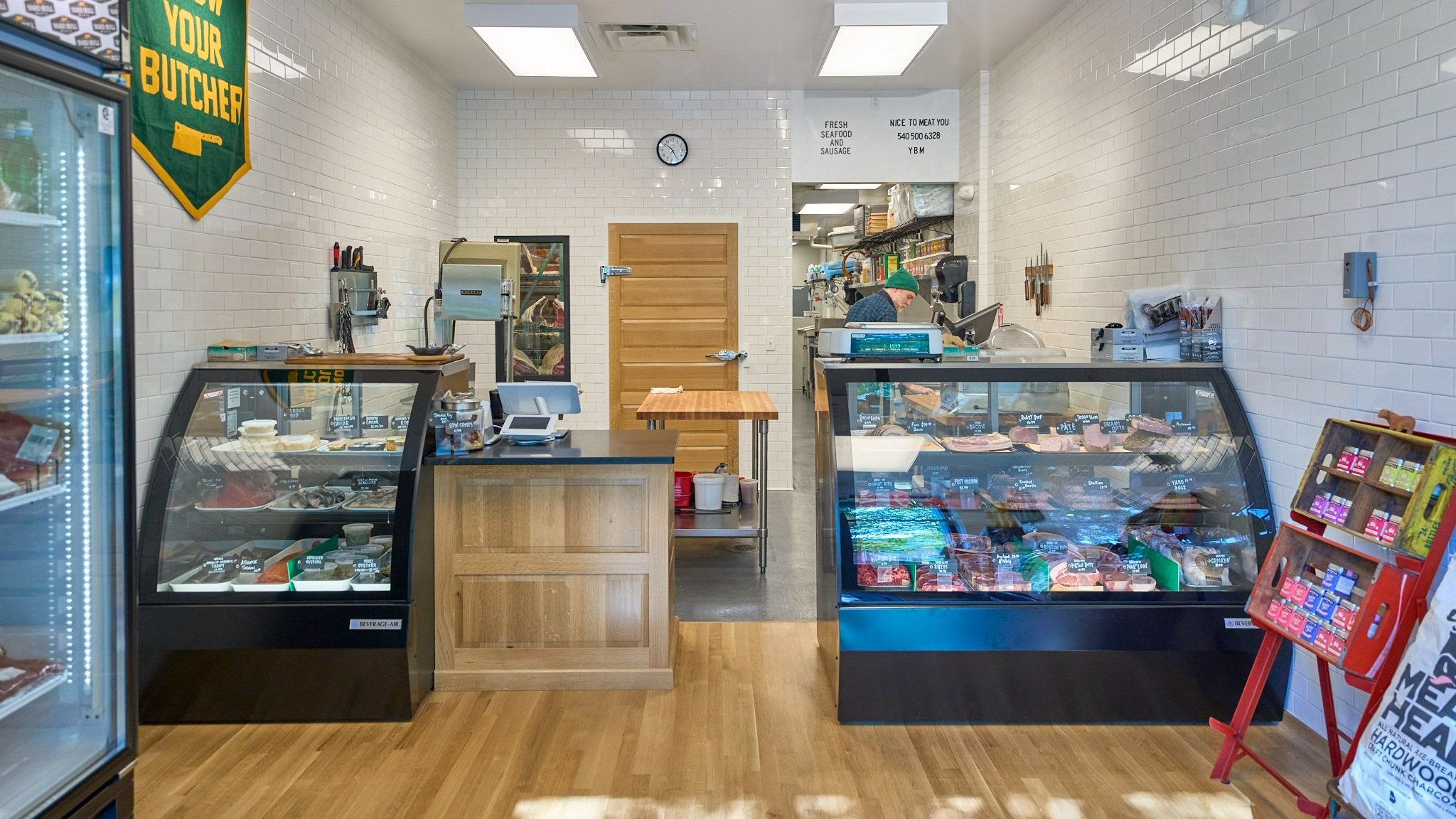From Farm to Table: Embracing the Practice of Meat Markets and Butcheries
In a period dominated by ease and automation, there exists a silent revolution happening in the cooking globe - a go back to the roots of food sourcing via the practice of meat markets and butcheries. These establishments, frequently forgotten in the darkness of grocery stores, are experiencing a renewal as critical customers seek high quality, traceability, and a connection to the origins of their food. But what is driving this change back to the ways of old? The response lies in the intersection of heritage techniques, moral factors to consider, and a desire for an extra genuine gastronomic experience.
The Renewal of Meat Markets
The revival of meat markets across various areas suggests a change towards a restored recognition for in your area sourced, top quality meats. In recent times, customers have actually come to be a lot more aware of the origins of their food, bring about an expanding need for openness and sustainability in the meat industry. This fad has led the way for the rebirth of typical meat markets and butcheries, where consumers can directly engage with well-informed butchers and resource their meat from nearby ranches.
One of the vital driving elements behind this rebirth is the desire for greater quality and fresher products. By buying meat from neighborhood markets, consumers can make sure that they are obtaining fresh cuts that have not traveled fars away or been being in storage space for extended periods. In addition, supporting neighborhood meat markets helps boost the neighborhood economy and promotes neighborhood connections.

Workmanship in Butcheries
With the renewal of meat markets emphasizing quality and sustainability, the emphasis changes in the direction of acknowledging the detailed workmanship presented in modern butcheries. Workmanship in butcheries surpasses just reducing meat; it symbolizes an ingrained tradition of experience and accuracy in managing various cuts of meat. Bagley Farms Meat Market. Butchers, commonly educated for several years, have a wealth of expertise on the makeup of pets, knife abilities, and the art of damaging down carcasses successfully

In contemporary butcheries, craftsmanship appears in the means butchers thoroughly resource their meat, guaranteeing high requirements of quality and moral methods. They take pride in understanding the provenance of the meat they offer, working closely with neighborhood farmers and providers to supply clients complete transparency and traceability.
Furthermore, workmanship in butcheries reaches the presentation of meat. Butchers masterfully prepare cuts that not only enhance taste but likewise showcase the all-natural appeal of the meat. The art of butchery is a blend of custom and innovation, where respect for the animal and dedication to the craft cause remarkable items that truly attract attention in today's market.
Locally Sourced Meat Top Quality

Locally sourced meat uses numerous advantages, including fresher products, assistance for neighborhood farmers, and lowered ecological influence due to reduced transport distances - Bagley Farms Meat Market. By buying meat from close-by farms and butcheries, customers can have extra self-confidence in the top quality and security of the items they are buying

Farm-to-Table Buying Experience
In the world of in your area sourced meat quality, the farm-to-table purchasing experience provides consumers a straight link to the beginnings of their food - Bagley Farms Meat Market. This distinct shopping experience permits consumers to trace the trip of their meat, from the ranch where the pets were raised to click this link the table where it will be delighted in. By participating in farm-to-table buying, people can obtain a deeper understanding of the farming methods, pet well-being requirements, and sustainability initiatives associated with creating their meat
Among the essential advantages of the farm-to-table purchasing experience is the transparency it provides. Customers have the chance to connect with regional farmers and butchers, asking inquiries regarding the meat they are finding out and buying concerning the certain cuts readily available. This straight interaction promotes count on in between customers and manufacturers, making sure that people are confident in the high quality and beginnings of the meat they are bringing home. Moreover, the farm-to-table shopping experience frequently advertises a feeling of neighborhood, as consumers support local services and farming, enhancing the bond between country and metropolitan areas.
Practice Meets Modern Culture
The convergence of typical meat markets and butcheries with modern-day society offers an unique chance for the conservation of artisanal methods in a modern context. While contemporary improvements have actually changed various sectors, the significance of traditional meat markets and butcheries stays deeply rooted in history and craftsmanship. This mix of custom and modernity permits the extension of classic strategies while adjusting to the requirements and preferences these days's customers.
In today's fast-paced world, where convenience often overtakes top quality, there is a growing recognition for the heritage and authenticity that conventional meat markets and butcheries offer. Consumers are progressively seeking openness in the sourcing and manufacturing of their food, leading them back to the tailored service and proficiency found in these establishments. The emphasis on sustainability and moral methods straightens with the worths maintained by lots of standard meat markets and butcheries, fostering a sense of community and responsibility in the direction of the atmosphere.
As society remains to advance, the coalescence of custom and modernity in meat markets and butcheries not just makes certain the preservation of artisanal techniques yet additionally enriches the cooking landscape with a blend of heritage and technology.
Final Thought
In conclusion, the custom of meat markets and butcheries is experiencing a renewal in modern-day culture. These establishments use in your area sourced meat of high top quality, providing a farm-to-table shopping experience my latest blog post for consumers.
In an age controlled by comfort and mass manufacturing, there exists a silent revolution taking place in the culinary world - a return to the roots of food sourcing through the tradition of meat markets and butcheries.The resurgence of meat markets throughout numerous communities suggests a change towards a restored appreciation for in your area sourced, top quality meats.With the revival of meat markets highlighting high quality and sustainability, the emphasis moves in the direction of recognizing the intricate craftsmanship presented go now in modern-day butcheries. Workmanship in butcheries goes past just cutting meat; it personifies an ingrained practice of expertise and accuracy in taking care of various cuts of meat.In today's hectic world, where convenience typically outdoes quality, there is an expanding recognition for the heritage and credibility that conventional meat markets and butcheries provide.